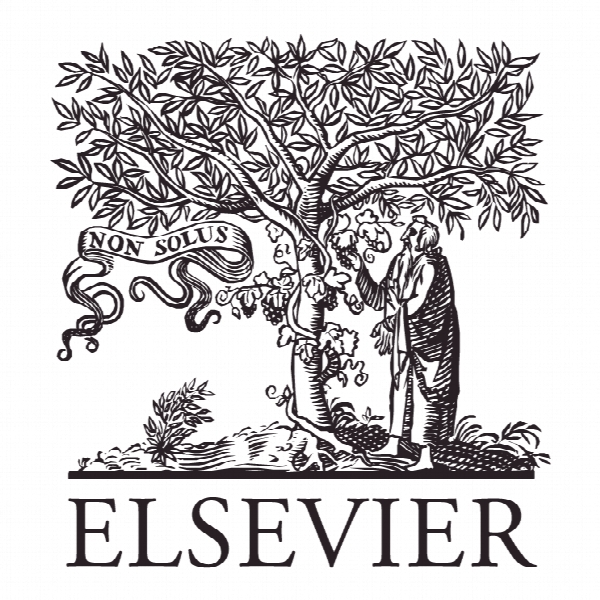تعاملات پویا بین کانال های انتقال دانش دانشگاهی دانشگاه: مطالعه موردی بیشترین حق اختراع دانشگاهی است Dynamic interactions between university-industry knowledge transfer channels: A case study of the most highly cited academic patent
- نوع فایل : کتاب
- زبان : انگلیسی
- ناشر : Elsevier
- چاپ و سال / کشور: 2017
توضیحات
رشته های مرتبط مدیریت و مهندسی صنایع
مجله سیاست تحقیق – Research Policy
کلمات کلیدی تعامل و صنعت، کانال های انتقال دانش، اختراعات دانشگاه ی، محلی سازی تاثیر اقتصادی، تحقیقات دانشگاه ی
نشریه نشریه الزویر
مجله سیاست تحقیق – Research Policy
کلمات کلیدی تعامل و صنعت، کانال های انتقال دانش، اختراعات دانشگاه ی، محلی سازی تاثیر اقتصادی، تحقیقات دانشگاه ی
نشریه نشریه الزویر
Description
1. Introduction Knowledge transfer in university-industry interactions can be either ‘formal’ or ‘informal’, depending on the presence or absence of a contract (Vedovello, 1997). Informal channels involve access to the pool of knowledge embodied in the expertise and equipment, and as well as the technical and scientific capabilities and needs, training, recruitment and/or allocation of qualified manpower in universities or firms in the absence of a contract. Formal channels imply contractually regulated exploitation of the knowledge, expertise and equipment available in universities and firms. The study of formal and informal channels of knowledge transfer between university and industry has a long intellectual history in the field of Economics of Innovation (see Mowery and Ziedonis, 2015, for a recent literature review). Since the US Bayh-Dole act, which allowed US universities to register and license patents from public research, numerous studies have examined the licensing of university patents as a formal mechanism of knowledge transfer ∗ Corresponding author. E-mail address: jobarto@ingenio.upv.es (D. Barberá-Tomás). between universities and industry (Mowery and Sampat, 2005; Grimaldi et al., 2011). Other formal channels, such as consulting (Roessner, 1993), have also been analysed. Informal channels studied include personal contacts between academic and industry researchers (Cohen et al., 2002; D’Este and Patel, 2007; Bekkers and Freitas, 2008; Ramos-Vielba and Fernández-Esquinas, 2012). Nonetheless, less attention has been paid to the temporally unfolding, dynamic relationship among channels of knowledge transfer. One partial exception is the work by Faulkner and Senker (1994), who acknowledge the existence of temporal continuity among formal and informal channels, reporting that ‘informal linkage is often both precursor and successor of formal linkage’ (p. 680). Similarly, D’Este and Patel (2007) show that researchers with previous experience of one knowledge transfer channel are more likely to be involved in transferring knowledge through other types of channels in the future. Rappert et al. (1999) find that informal contacts among university and industry actors can create the trust necessary for formal engagement. However, this was not the focus of their work and was not further developed. Most of these works recognize a dynamic interaction among transfer channels without providing more detail, and they do not address the relationships in a temporal sequence of channels, i.e. whether the knowledge trans ferred by one channel is related to the knowledge transferred using other channels.


